Applications are getting harder to secure, especially when there is more choice than ever before. Further and Higher Education institutions have a big problem to overcome; the students who need you most might not know you exist due to poor performing course landing pages.
The unique challenge:
- You’re not Cambridge competing on brand recognition
- Students may not be searching for you by name
- Their searches are course-based, career-based, or need-based
In Summary:
- Most specialist colleges are missing out on potential applicants because their course pages – not their homepages – are invisible on Google.
- Students now research independently, so institutions must optimise for how they actually search.
- Poor SEO practices like generic content, complex site structures, and duplicate course content kills visibility and conversions.
- Optimised course pages work 24/7, cost less than exhibitions or prospectuses, and reach students at the moment of intent.
- Fix course page SEO first, and specialist colleges can dominate their niche. No need to compete with big-name universities.
61% of higher education site traffic comes from organic search, yet most specialist colleges focus on their homepage, whilst their course pages – the actual entry point for discovery – are invisible to Google.
Your course landing pages are your shop window, your prospectus, and very often the first introduction to your setting for potential students. But ultimately, they do need to convert.
With that in mind, how much budget have you allocated towards these key pages on your website? Before investing in another open day campaign, brand new prospectus, or exhibition stand, ask yourself: can students actually find your courses when they search for what they need?
Why Course Pages Are Your Front Door (Not Your Back Office): The Changing Student Journey
Widening The Audience: A Significant Shift
First-time UK 19-year-old applicants increased from 46,680 in 2024 to 48,890 in 2025 (+4.7%), reversing a trend since 2023. More young people are taking gap years before applying, which means they’re:
- Spending much more time researching options independently, without the deadlines or pressure
- Not just applying to universities their school or college recommended
- Using that time to discover specialist provision they didn’t know existed
- Making more considered decisions about what they actually want to study
Their search behaviour:
- Qualification-specific queries e.g. “Level 3 countryside management”
- Career outcomes: “working with animals careers” / “agricultural apprenticeships”
- They’re comparing several providers; sometimes with local as a search criteria and sometimes nationally
- Your course page is competing directly with other specialist colleges
The SEND/Alternative Provision Opportunity
The numbers tell a compelling story:
The number of pupils with an Education, Health and Care Plan (EHCP) increased by 11.1% between 2024 and 2025 to 483,000, and doubled since 2016. Meanwhile, learners recorded as having a learning difficulty/disability (LLDD) in FE increased 2.4%, to 231,430 from 226,040 in 2023/24, accounting for 23.0% of the cohort.
However, just 9.4% of pupils with an EHCP progressed to HE by age 19 by 2023/24 compared to 50.1% for pupils with no SEN provision.
The awareness gap:
- Parents feel that they have to navigate long, difficult processes to access information and support
- Two-thirds of specialist provision schools were at or over capacity in May 2023 , meaning families are actively searching for alternatives
- With a wider variety of provision on offer now, parents and students may not know exactly what to search for themselves
Their search behaviour:
- Students/parents search by need, using more generic searches such as: “college for autistic students” / “dyslexia support further education”
- Or by situation: “alternative to mainstream college” / “small class sizes sixth form”
- They’re looking for evidence you understand their specific challenges
- Your course pages need to answer: “Is this place right for ME?”
If you’re not appearing for these students or their families, who are spending more time and more energy considering their options, you’re missing out on potential applicants.
The AI layer: A Multi-Platform Approach
Gen Z selects platforms based on intent. They’re using AI Chatbots like ChatGPT, Perplexity, Gemini, and others for information processing, creative assistance, and direct answers.
They trust AI recommendations nearly as much as established brands. This is how they’ll likely chalk up their shortlist – before progressing to your site. Semrush tells us that users referred from these types of searches are 4x more likely to act, e.g. book an open day, as they’ve prequalified their interest by the time they hit your site.
Their search behaviour:
Their searches on these platforms are more conversational – which doubles the importance of having a deep understanding of their needs and presenting your answer clearly and with authority on site.
Why This Matters More for You Than Well-Known Universities
The numbers:
Organic search drives 50% of traffic and is responsible for 40% of site conversions for education institutions. But unlike universities with strong brand recognition:
- You can’t always rely on “[your institution name] courses” searches
- Students discover you through course-level searches
- Each course page needs to work as a standalone landing page
The opportunity:
- Your competitors (other specialist colleges) likely have the same poor course pages
- Search volumes are lower but intent is MUCH higher
Students searching for niche qualifications are serious prospects, not browsers - 74% of students intended to apply to a university they’d learnt about at a UCAS exhibition – imagine that discovery happening 24/7 through search instead, for a fraction of the cost
The Top Flaws Killing Your Course Page Visibility
Flaw #1: You're Optimising for Your Institution Name (That Nobody's Searching For)
The problem:
Incorrect targeting: Focusing on the wrong keywords for the page. Your course title might not be exactly what people are searching for.
Wrong content focus: Focusing too much on the institution and not the course itself.
Lack of conversion opportunities: Poor conversion optimisation resulting in higher bounce rate.
The Fix:
- Review meta titles and descriptions against your search console data to see what keywords are getting people to your page, and their search volumes. Reoptimise the page accordingly.
- Ensure the page focuses on course content and details so that students can compare easily across institutions. This is where you do want to ensure you’ve got relevant E-E-A-T signals on the page to make sure visitors can trust your offering, but the course should have the spotlight.
- Review your conversion points. Can they sign up to an open day? Download a course brochure or prospectus? Visit the student information hub? Are these set up correctly in your Analytics as conversions so you can track them effectively?
Flaw #2: Generic Content That Doesn't Answer "Is This Right for Me?"
- Only include information available on all similar institution’s websites
- No mention of specific equipment, partnerships, or pathways
- Missing the practical details students need
The problem for SEND/alternative provision:
- Vague language intended to be inclusive but not detailed enough (“We welcome all learners”)
- No specific mention of support available
- Missing the reassurance parents need: class sizes, staff ratios, transition support, etc
How to fix it:
- Specificity: on facilities, course requirements, and student support
- Real partnerships
- Detailed support information (e.g. Maximum class size of 8 students, dedicated SEND coordinator, sensory-friendly spaces)
- Student outcomes
Flaw #3: Poor Site Architecture Burying Your Important Content
The problem:
- Deep nesting: Pages are buried or diluted by having a too-complicated page structure (e.g. Homepage → Courses → Full-time Courses → Vocational → Land-Based → Animal Care → Level 3). Students, and Google, may land on the wrong page and not be able to navigate to the page they’re actually after.
- Inconsistent URL patterns: URLs that vary in their structure make it really difficult for Google to crawl the site logically and so pages will get missed.
- Missing or broken links: Done incremental updates over the years but left old course pages linked in the content? These 404s build up over time and hurt your website’s SEO health – not to mention frustrate the user.
The fix:
- Logical structure: Important course hub pages with the most effort put into them splitting into more detailed niche pages
- Consistent URL structure enabling decent internal linking
- Hierarchy signals (menus, breadcrumbs, etc) with good navigation
Flaw #4: Technical SEO Issues That Google Can't Ignore
The problems we see repeatedly
Duplicate content:
- Course variant landing pages with 80% identical text. Do they definitely need their own pages? Can a central hub page cover everything needed? Landing pages should be detailed and unique.
- Course content copy-pasted from awarding body (Pearson, AQA, OCR) descriptions. Students can get this information anywhere. What makes your course unique?
Poor URL structures:
- As above, poor URL structure hinder website crawling. Ensure you’ve got URLs that group things together properly and are user friendly.
- Bad examples: /courses.php?id=237&level=3, /course-information/animal-care-extended-diploma-level-3-btec-qualification-full-time
Missing or auto-generated metadata:
- Ensure meta descriptions are present and discuss the course in question, including location and qualification level – not just generic terms.
Mobile performance:
- Average session duration for higher education websites is 2:13 minutes, but with the younger generations researching on the go more often than not, slow loading pages lose them immediately.
The quick fixes:
- Unique content for each qualification level (what’s different, who it’s for, progression routes)
- Clean, user-friendly URLs
- Custom meta descriptions for each course
- Compress images, optimise pages for mobile
What Your Marketing Team Can Do...
- Pick out course pages that are of high importance
- Rewrite meta titles and descriptions on each
- Review each page for key information students need to know: location, qualification type, etc.
- Ensure entry requirements section is clearly visible with H2 tag and include alternative routes
- Optimise images: compress to under 200kb, add descriptive alt text (“Students practising veterinary nursing in our animal hospital suite”)
- Check mobile display: Run pagespeed insights, but also view on your phone, and fix obvious readability issues
- Add specific facility/support details: These need to set you apart from other providers
- Clear up errant 404s
- Create standardised course page template with all essential elements to assist new courses
- Review course page performance to find the weak spots
- Review site structure to see if further steps should be taken
- Introduce better internal linking sitewide
- Assess conversion points
- Full template redesign if current structure doesn’t support best practices and roll it out to all course pages
- Implement new site/course structure to better surface and support the course landing pages, ensuring proper redirect strategy if changing URL structure
- Content audit and rewrite across all course pages
- Introduce a regular quarterly review process with Search Console and Analytics data
The ROI Case for Senior Leadership
The Cost Comparison
UCAS Exhibitions:
- Premium UCAS events attract over 12,000 students per event, whilst shell events attract between 2,000 and 7,000 student attendees per event
- Cost: Exhibition stands are usually in the £1000s, and multiple per recruitment season are often required
- Staff time: 2-3 staff for 6-8 hours
- Reach: Geographic limitations, one-day event
- Attribution: Difficult to track which attendees actually applied
Print:
- To print 100 copies of personalised prospectuses would be around £3 per copy
- Distribution costs add significantly
- Many go unread or become outdated quickly
- No way to update information after printing
- No attribution
Optimised Course Pages:
- One-time investment in content and technical optimisation
- Works 24/7, reaches students at moment of intent
- Updateable instantly when information changes
- Clear attribution through Search Console and analytics
- Ongoing work easy to maintain
The Metric That Matters:
Organic search is responsible for 40% of site conversions in education.
For specialist colleges, course pages are where those conversions happen.
Every application that comes through organic search is a student you didn’t have to pay to find.
Your Students Are Searching. Can They Find You?
Your homepage is great, but it’s not where conversions happen for your prospective students.
If you’re not paying attention to the pages that matter, you’re missing out on those who are actively looking for what you offer.
Your competitors – other specialist FE and HE institutions – are likely making the same mistakes. Generic content, poor SEO, buried course pages. Fix yours first and you own your niche.
You’re not trying to compete with Oxford or Cambridge. You’re trying to be found by the students searching for exactly what you offer. That’s a winnable game – but only if your course pages actually show up.
Ready to make your course pages work as hard as your team does?
We help educational institutions like yours turn course pages from invisible to high performing. Contact us, or see how we did it for previous clients:


